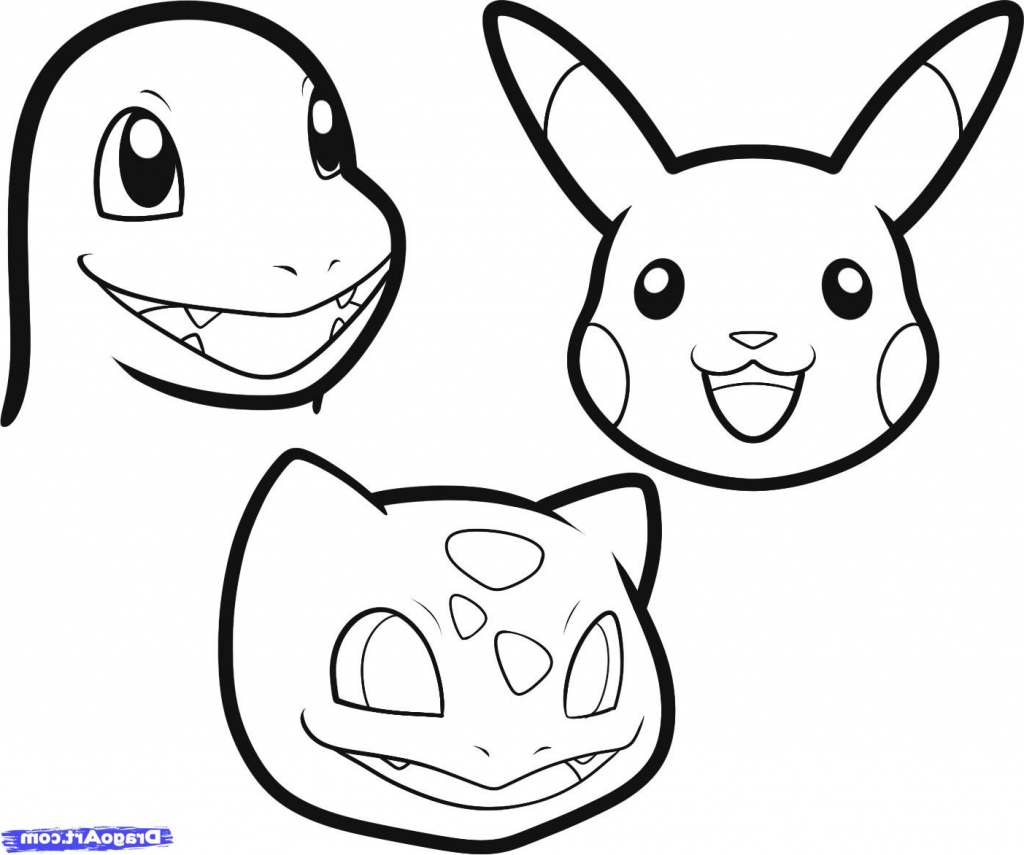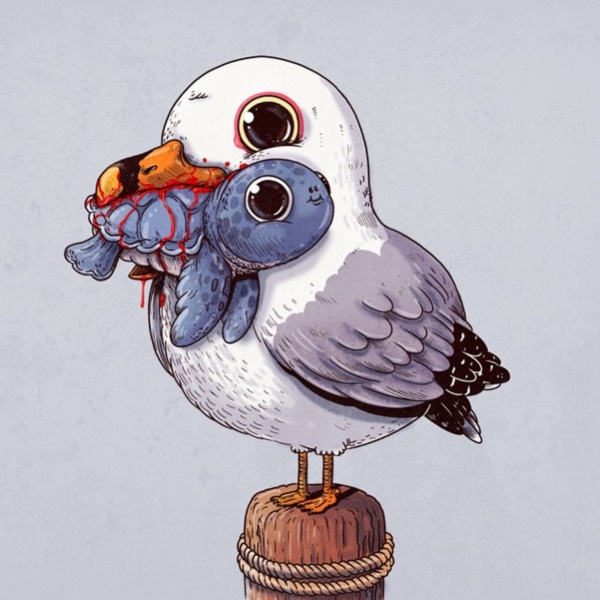

Garfield has been represented in books, films, television specials, video games, amusement park attractions, and merchandise. In 1978 he launched Garfield for United Features and created one of the most popular animals in the comic world.

Davis later created a short-lived strip called Gnorm Gnat, which was only syndicated in one Indiana newspaper.

Beginning in 1969, he assisted Tumbleweeds artist Tom K. James Robert "Jim" Davis (1945- ) first worked at an advertising agency before transitioning into comics. ID Number GA.22607 catalog number 22607 accession number 277502 Data Source National Museum of American HistoryĬamera-ready comic art drawing for Garfield Description (Brief) This pen-and-ink drawing prepared for the Garfield comic strip shows the title character explaining the best things about cats. Location Currently not on view date made ca 1966 graphic artist Graham, Alex publisher Hall Syndicate, Inc. It is currently being prepared by artist Michael Martin, with consultation by Graham's daughter. The strip was continued after Graham's death in 1991 by his daughter Arran. Many times the strip's humor was the result of Fred's thought-commentary about mundane activities, such as trying to catch some table scraps or following his owner on a round of golf. Fred Basset (1963- ) was about the daily life of a Basset Hound who communicated with comic strip readers, but not with his owner.

The strip was syndicated and distributed to international audiences. Graham (1913-1991) was a Scottish artist who created the comic strips Wee Hughie, Our Bill, and Briggs the Butler for British newspapers between the 1940s and 1960s. The drawing includes the date "9-14" and is presumed to date from about 1966. The camera-ready pen and ink strips and panels were prepared by original artists for daily and Sunday American, and in some cases, internationally published newspapers.Ĭamera-ready comic art drawing for Fred Basset Description (Brief) This pen-and-ink drawing produced for the Fred Basset comic strip shows Fred upset because his “Best of Breed” trophy has been put away and forgotten in a closet. The following collection group features examples of original drawings prepared by a variety of artists. The comic formats include “gag-a-days,” soap operas, and science fiction and adventure tales. The collection contains works from as early as the 1910s and as recently as 2000. The Museum’s Graphic Arts Collection houses some nine hundred original and reproductive comic art drawings representing over 375 artists and some four hundred titles including Buck Rogers, Dick Tracy, Peanuts, Wonder Woman, and many others. The artists whose works played a distinctive part in this time have left us their representations of it which we hope, now after fifty years, will allow us a deeper understanding of their message.Īdditionally, the use of comic imagery in different media, in the comic book, in television, and in film has offered a look at variations of the same comic themes, and has offered other lenses through which can decipher the same subject and message. By the 1920s two American innovations had greatly expanded the readership of the newspaper comic: the use of the paper mache printing matrix, made from photomechanical reproductions of the artists’ original art (this enabled the quick and inexpensive national and international transport of text and imagery for a newspaper page), and the syndication of comic art, that is, the business of selling and internationally distributing an artists’ work.Ī mid-20th century look at a golden age of comics offers a broad spectrum of the points of view of that era which included dramatic change. All comics help us understand the thinking of at least one person in a particular era, and help us piece together underlying personal and national, political and societal perceptions and leanings.Īmerican cartoonists, whose works were originally seen primarily in the newspapers beginning at the turn of the 20th century, emulated and expanded upon a mostly European comic art tradition, including the art of the caricature. Most also offer some form of implicit or explicit commentary on real life. They offer opportunities for jokes, extended soap opera series, self-contained messages, political humor, different realities, and educational tidbits of history and historical fact. The variety of comic strip themes and genres respond to different and individual interests. An artist who also inspires a resonating message should be celebrated as rarity. A comic artist’s success at creating laughter is a feat in itself. The “comics” or “funnies” can offer us a daily bit of humor and entertainment in the face of our otherwise regulated and monotonous existence.


 0 kommentar(er)
0 kommentar(er)
